latest
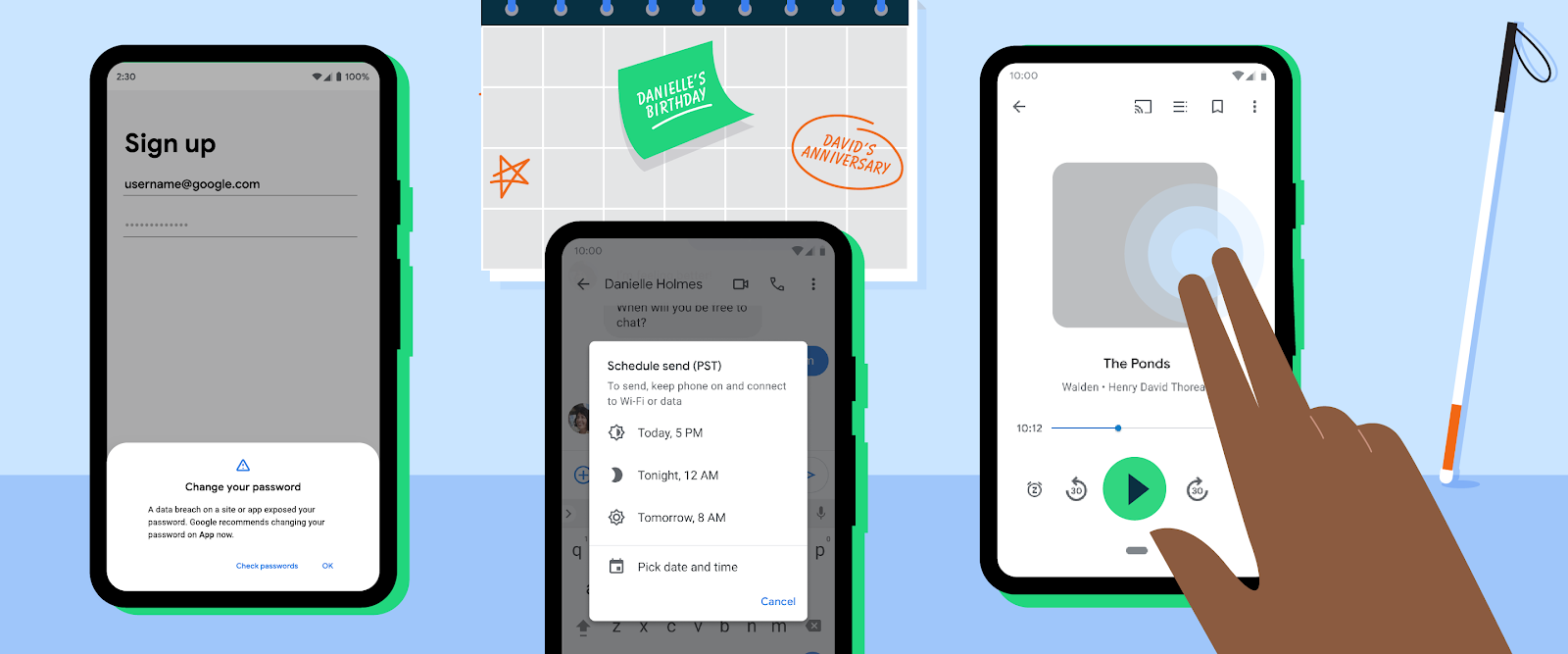
Google is making a few Android experiments official today
Tired of Android 12 news? Here's some stuff you can actually get your hands on right now
Google is always working on improving its Android apps and the operating system itself, heavily relying on public a/b tests that appear on some people's phones but not on others. But every once in a while, the company takes the time to announce some features formally, and today is another one of those days. Google is making a whole slew of known tests and a few brand-new changes official.
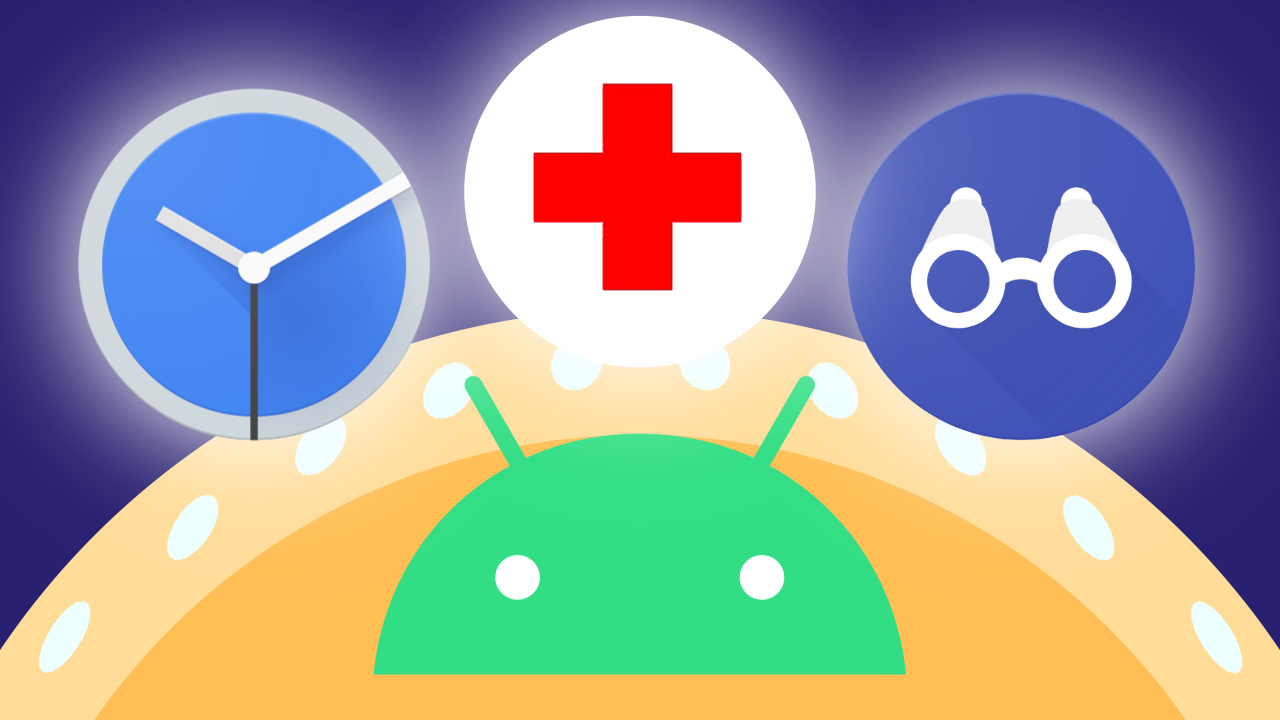
Here are 3 new things your Android phone can do
More bedtime, more vision aid, more data for 911 dispatchers
Android is doing its darndest to become a better OS update by update — even beyond the actual OS upgrades. New pushes to Google Play Services and apps will improve how people reach emergency services, get them to bed, and bring the world clearer and closer to those with vision loss.
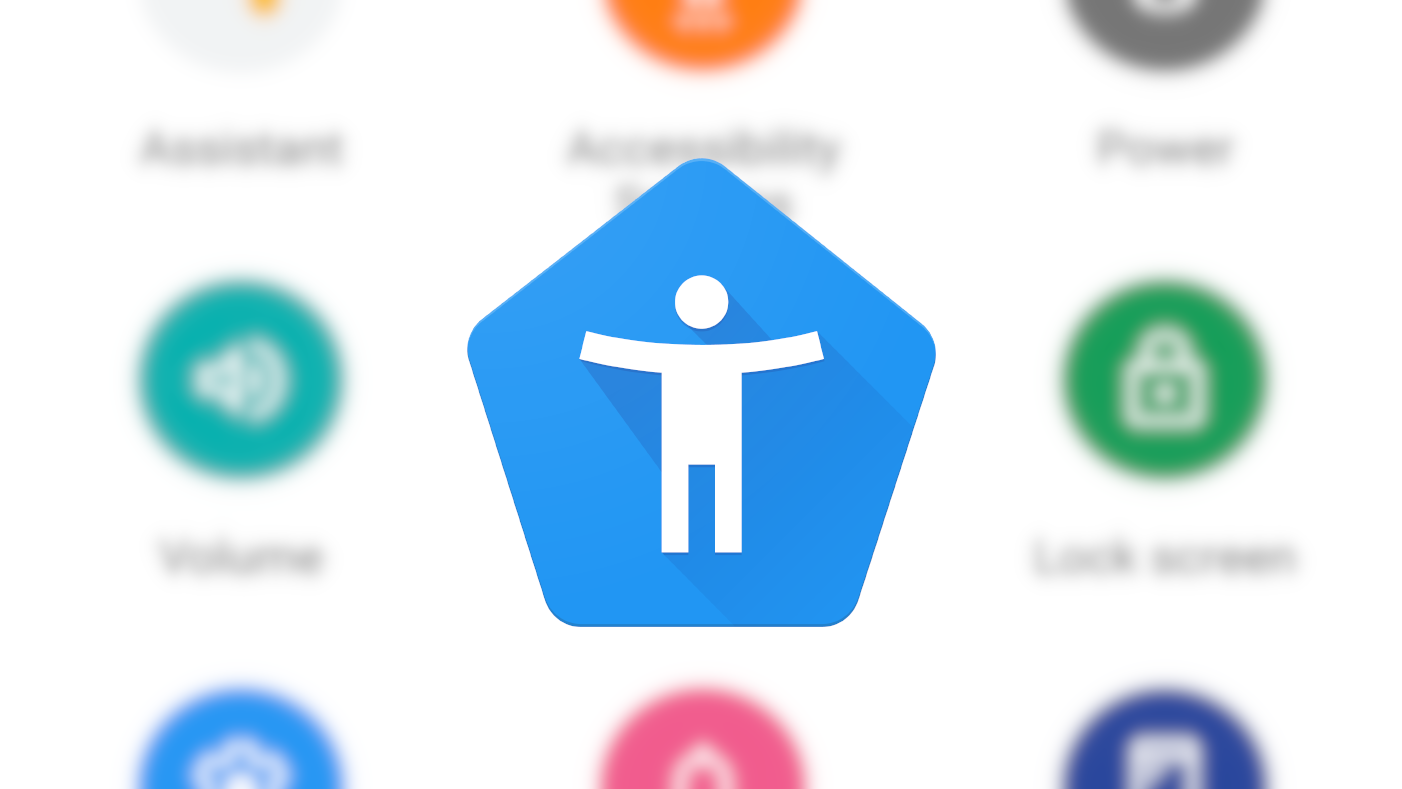
Earlier this year, Google rebranded Android's TalkBack app under the more generic name Android Accessibility Suite — an understandable decision given the app had expanded beyond merely providing text to speech functionality. Now version 7.2 of the Android Accessibility Suite has been released to the Play Store, bringing with it camera-based text to speech, fast-forward/rewind controls for TalkBack, and a handful of improvements.
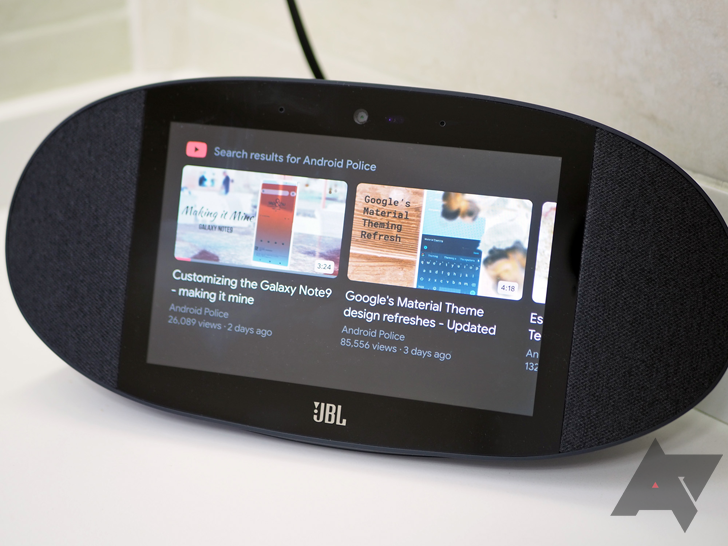
Whether your already bought the Lenovo Smart Display or JBL Link View, or you're thinking about getting Google's rumored Home Hub, you may be wondering whether that gadget — like many others in your life — offers any accessibility settings for people with disabilities. The answer is yes.
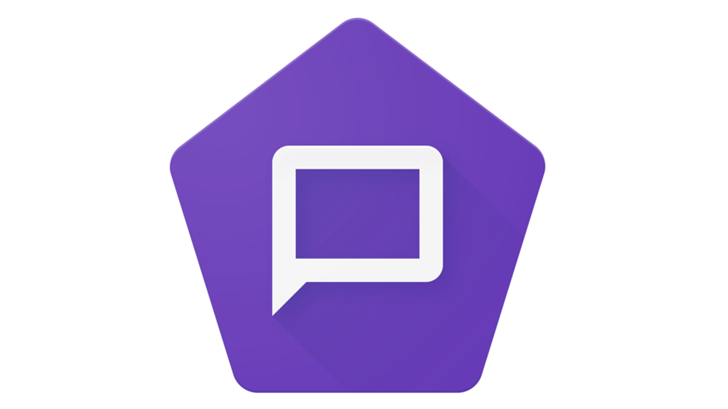
For smartphone users who are blind or visually impaired, Google TalkBack is a vital tool that facilitates eyes-free operation of any Android device. TalkBack is just one aspect of the app, however, and that's probably why Google has renamed it Android Accessibility Suite.
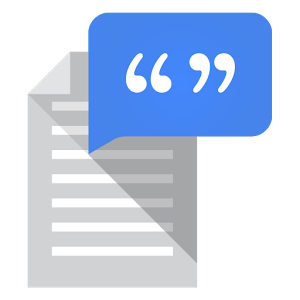
Google's Text-to-Speech app is what lets the devices it runs on read text out loud to their users. The functionality is used for translation and accessibility services, among other things. It's updated pretty frequently: January saw the addition of Estonian, Romanian, and Slovak; last October, Filipino and Greek. Text-to-Speech's most recent update adds Canadian French, Javanese, and Sudanese.

Google Text-to-speech may not be the sexiest app out there, but it's a particularly useful one for many people, especially those who make use of accessibility options such as Talkback on Android phones. The last meaningful update to it came back in April (v3.11) with a few new languages (Bangla (India), Czech, Khmer, Nepali, Sinhala, and Ukrainian) as well as improvements to voices and better number processing.
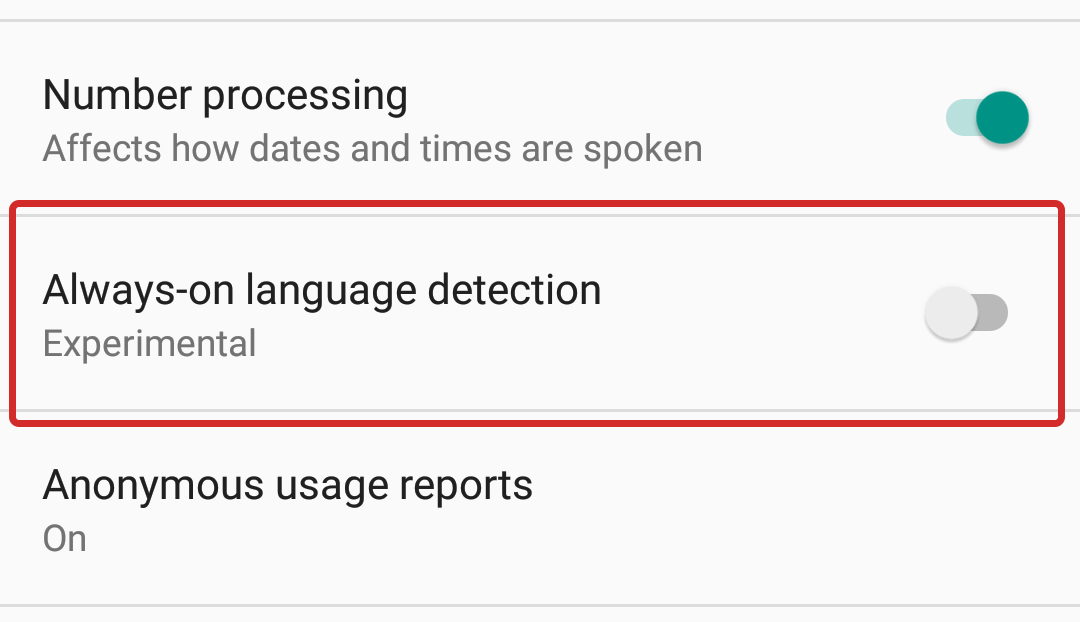
Google's Text-to-speech (TTS) is an accessibility feature that's long been a part of Android. It's a screen reader that can read aloud anything currently on display, a vital utility for users who are blind or partially-sighted. TTS isn't updated very often, but when it is it's usually to add something meaningful. The last update added support for new languages, as well as pronunciation and intonation improvements. We've now been made aware that there's also an experimental always-on language detection switch, available to those using Android O.
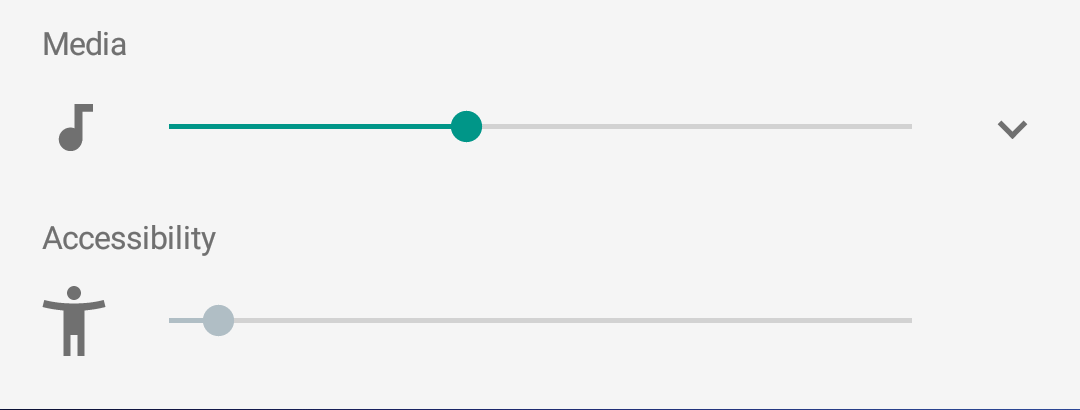
Over the years, Android has built up a decent array of accessibility options to help make devices easier to use for its diverse user base. Each new version of the OS attempts to add even more useful features, and Android O is no different. So far we've had 3 developer previews of Android 8.0 ahead of its launch later this summer, and at some point along the way Google added a couple of new accessibility features. Namely, separate volume controls and a new way to use the accessibility shortcut.
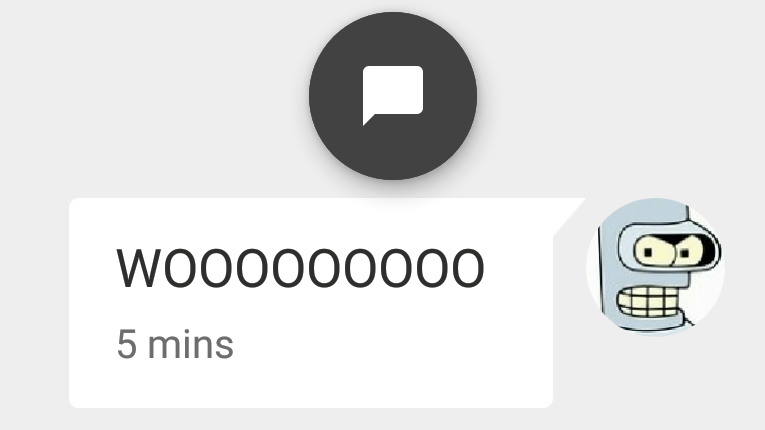
Did you know that you can set your Android device to read selected text back to you with a simple tap? This isn't a new feature, it hit a while back with the TalkBack 5.2 update in April. And though we knew it was there, we didn't really know how cool it would end up being. Now that we've had the chance to try it out for ourselves, there's a good chance some of you might want to turn this particular feature on, whether you have a visual disability or not. And, on Android O it has a small twist.
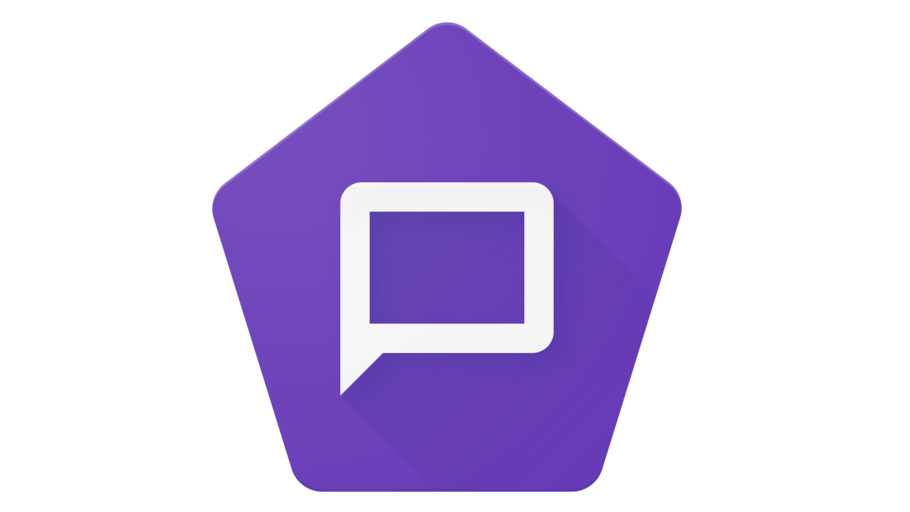
It might not matter how high the DPI on a screen gets cranked by each new model if you have trouble seeing it. Thankfully we have Google's TalkBack, Android's accessibility service for the blind and disabled. It reads what's on your screen, but it also provides feedback for actions allowing users to fully interact with their device. Now the latest update has left beta after a few months of testing, bringing with it even more features, like verbosity (an adjustment for how much or little content it reads, based on your preferences), character counts for password fields, and a new Select to Speak service that allows you to tap content to hear it spoken, and more.The recent changes should go some ways towards easing accessible interaction with an Android device. Phones are pretty much a requirement these days to a productive life, and each new accessibility feature makes them easier to use, enabling everyone to have the same advantages in communication. Google first pushed TalkBack back in the days of Donut (1.6), but the current incarnation is so great an improvement over the original as to be unrecognizable. And the future for the service looks pretty good, too.One thing worth noting — as I note with all apps like this — is that any app that uses Android's Accessibility services is technically able to do a lot of stuff, like see everything on your phone's screen, as well as intercept text that is typed (like usernames and passwords). Obviously this app actually needs access to all of that just to do what it's supposed to, but I always recommend some reflection whenever installing something that needs that permission. You should really trust any developer that makes an app which uses it.The full changelog for the latest version of the app is below:
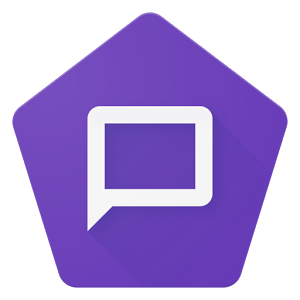
It is easy to take the use of our full senses for granted — some of our fellow Android users are not so fortunate. Luckily, Google has implemented the TalkBack service into the OS, which allows those who are blind or otherwise visually-impaired to use their devices more effectively. Now the v5.1 update notes have been posted to the Play Store, showing that the update brings some nice improvements.
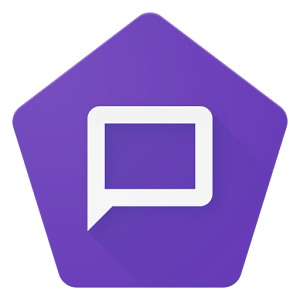
Google's TalkBack is something many of us have no use for, but it can be a critical tool for those who do need it. Google first released TalkBack 5.0.2 back in June with Android N Developer Preview 4, but it wasn't covered by AP. That version brought a new, more Material icon, and a menu for Text-to-speech settings. 5.0.4 is the first version available for non-N Preview devices that brings the new icon, Text-to-speech menu, and one new change.







